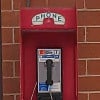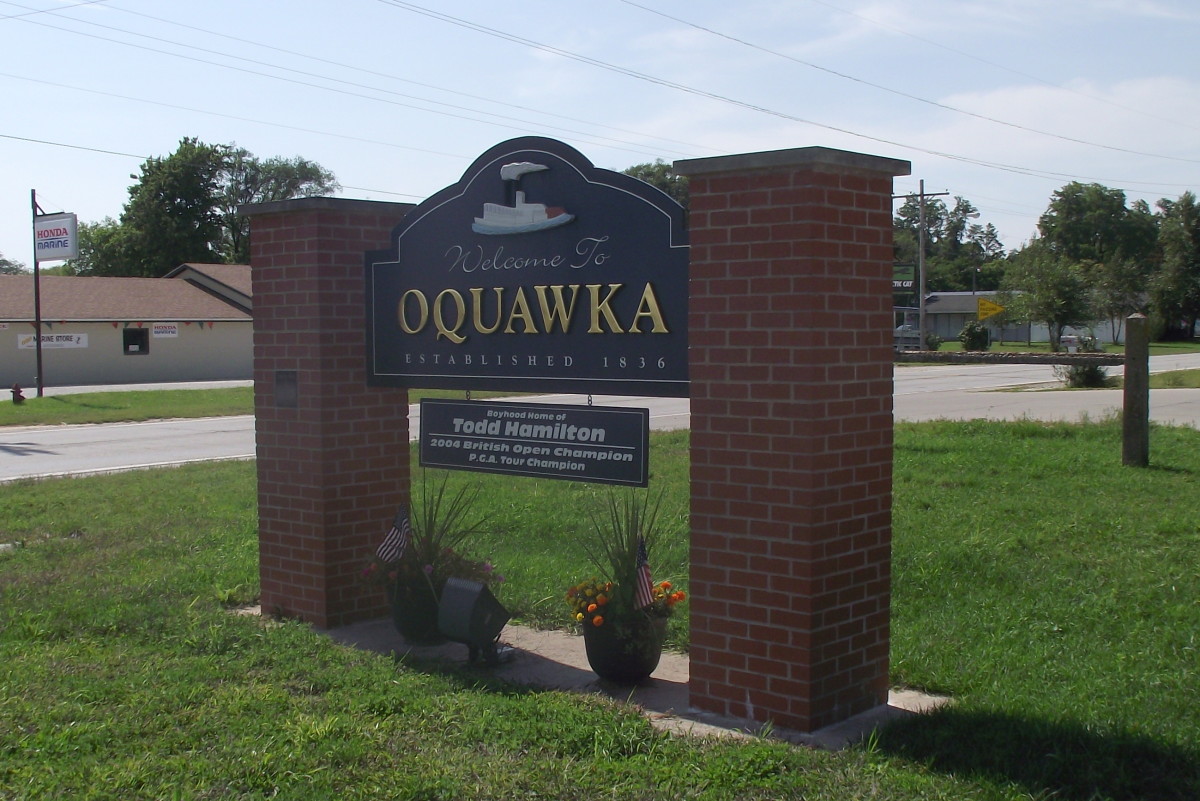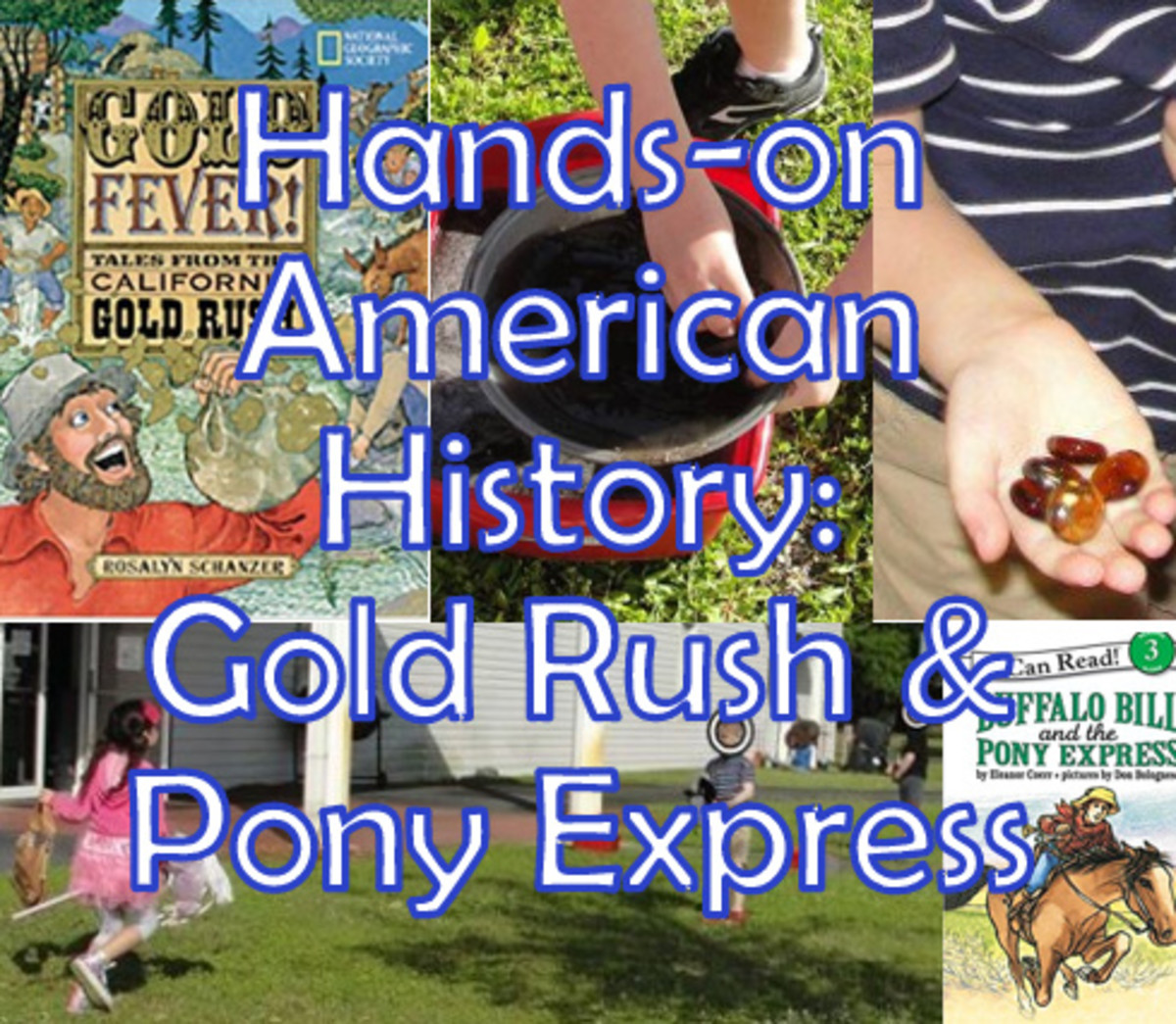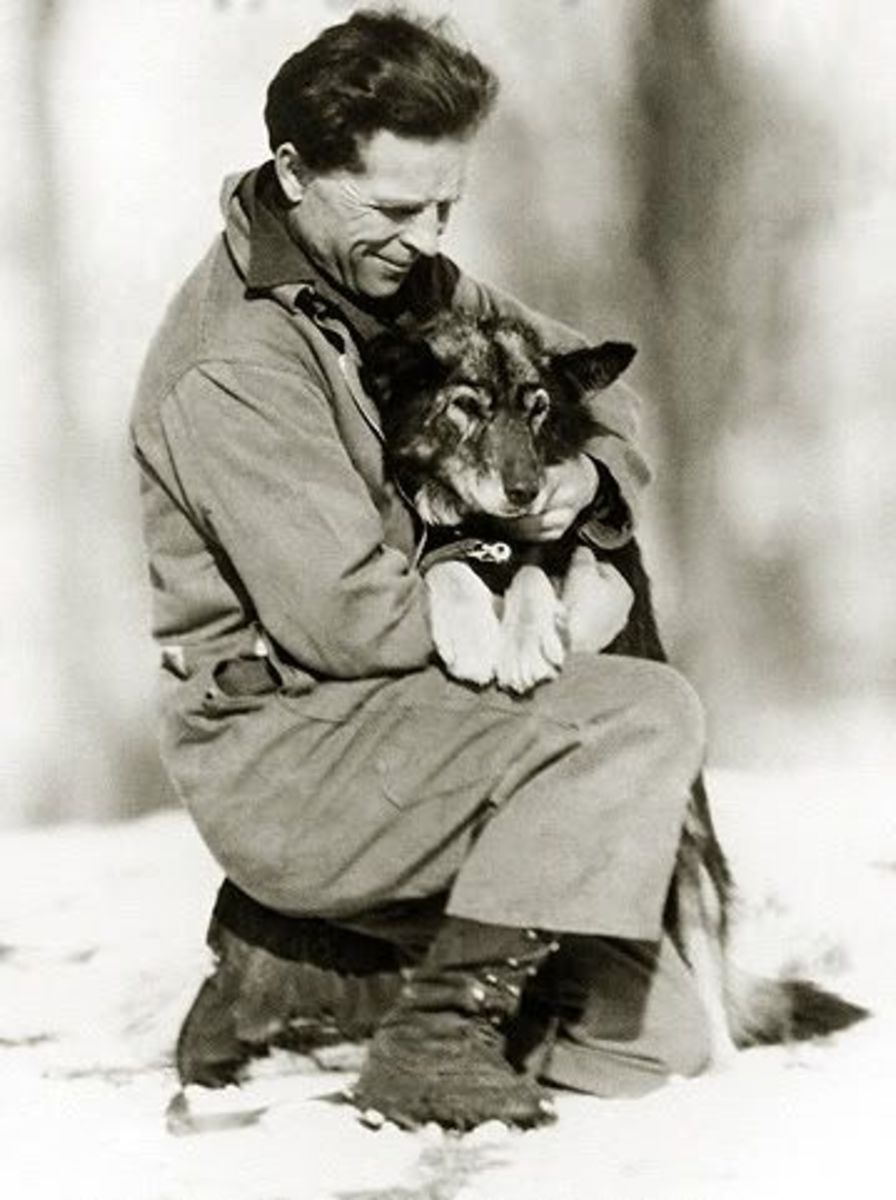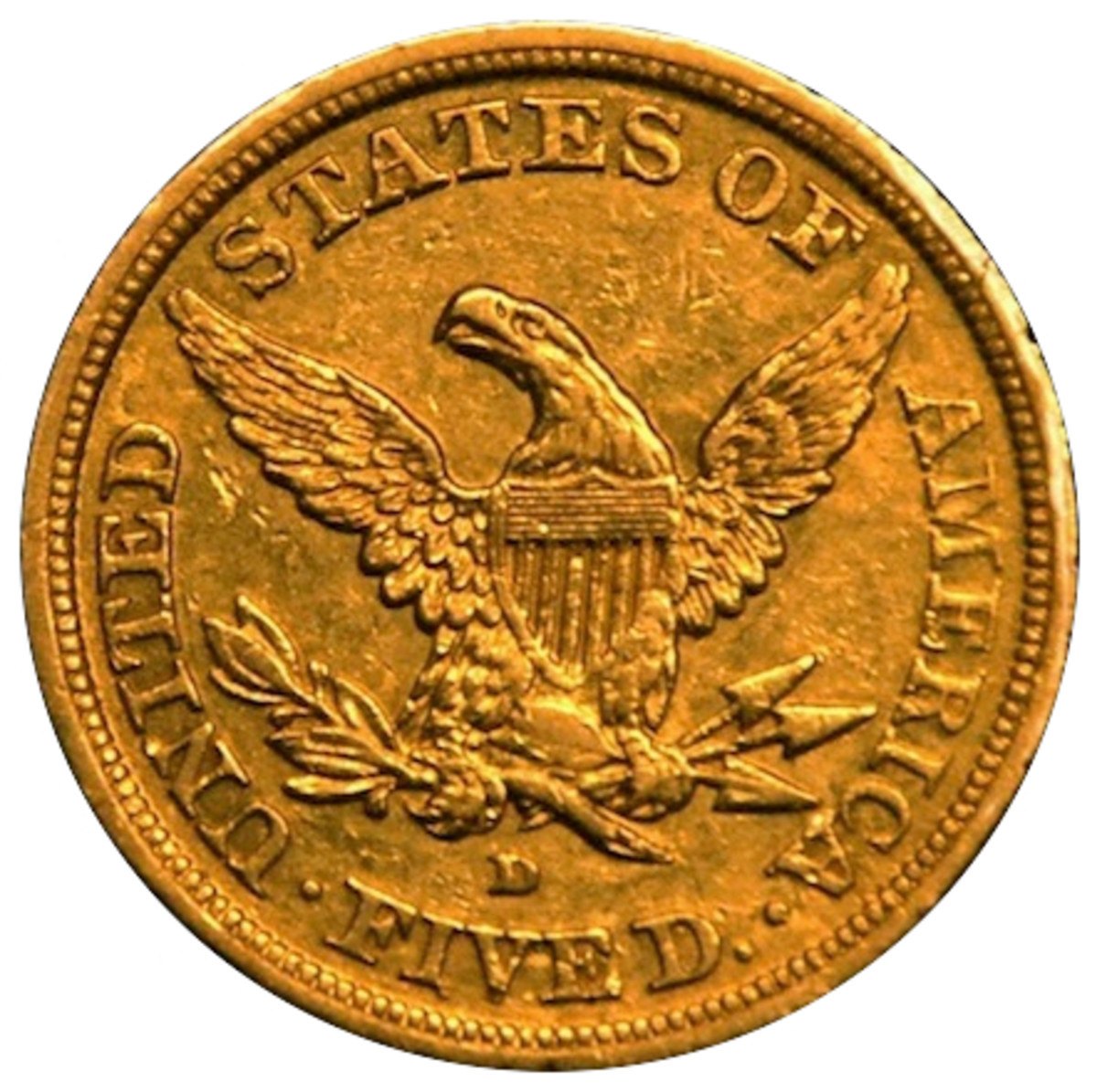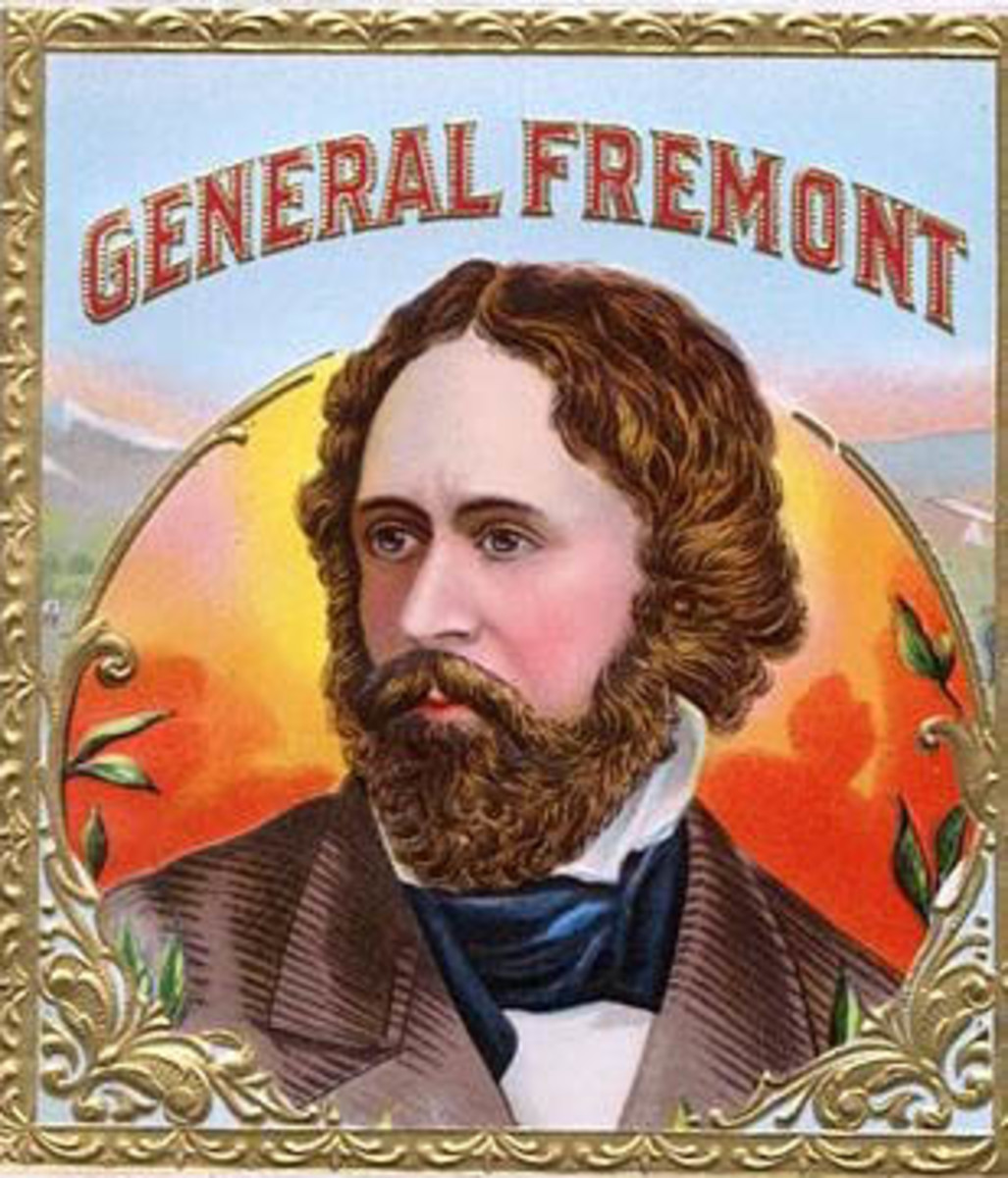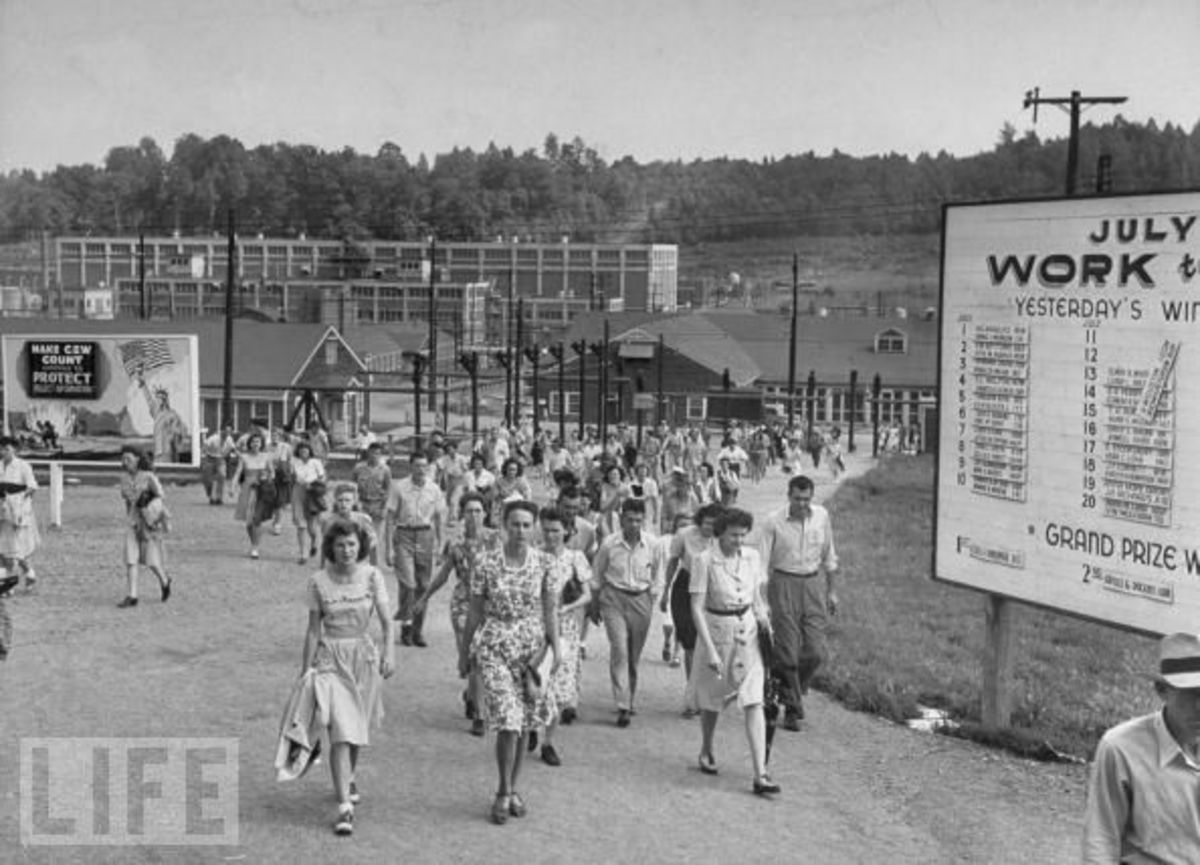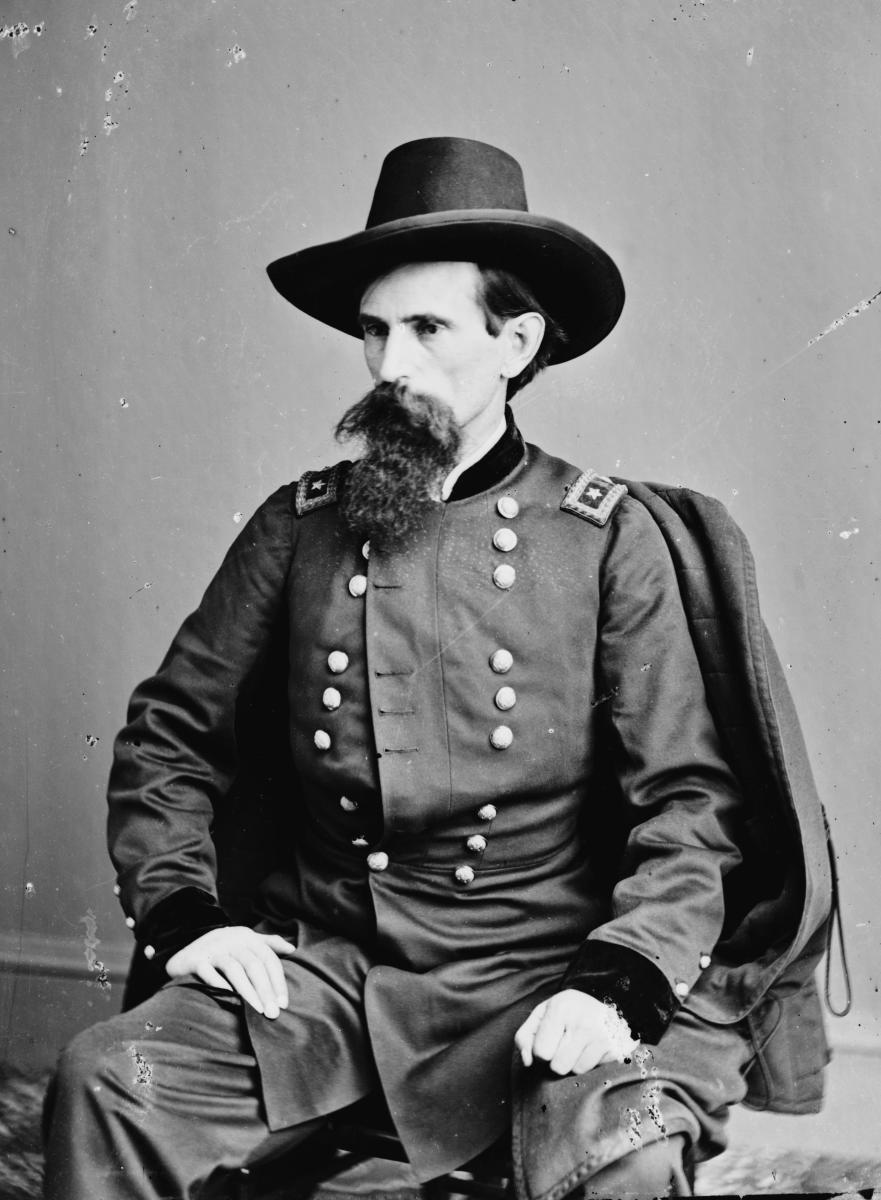- HubPages»
- Education and Science»
- History & Archaeology»
- History of the Americas
History of American Towns--Nome, Alaska, in the beginning,gold rush
Historic sign
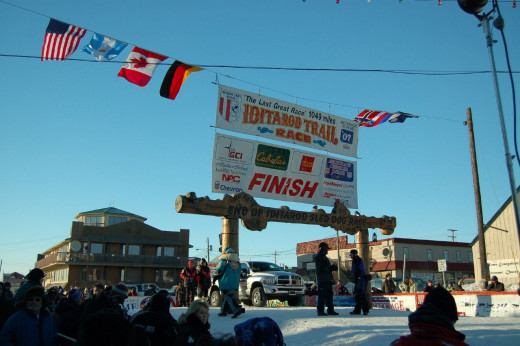
Gold rush
The History of Nome starts with the gold rush. Gold was first discovered in Alaska in 1880 near Juneau. In 1896 gold was found in the Klondike region of the Yukon Territory and that started the gold rush. It continued until the last major gold strike in 1902.
There are two stories as to how Nome got its name. The most prevalent is that the name came from Cape Nome about twelve miles away. A British mapmaker copied an annotation of a British officer that indicated no name. The note was misconstrued to C.Nome or Cape Nome
The other story is that the city founder Jafet Lindeberg might have given the name after a Nome Valley in Norway.
Whatever the truth the name stuck because in 1899 local miners and merchants voted to change the name to Anvil City but the United States Post Office refused to change it.
Note on sources.
Data for this hub has come from “The Complete Siberian Husky” by Lorna B. Demidoff and Michael Jennings. This book gives not only a history of Siberian Huskies but one of Alaska as well.
Wikipedia article on Nome, Alaska.
Wikipedia article on Nome
Tent City
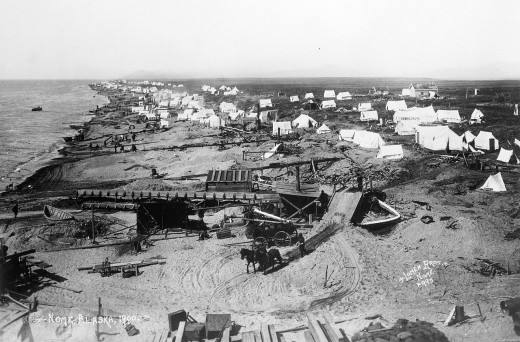
Boomtown
It was in 1899 that Nome became a boomtown when prospector at Daniels Creek found gold. It became a tent city to accommodate all the new population. Dog teams were essential for transportation as winter ice blocked access to the sea. There were probably more dogs there than any other place in the world.
Anyone who has read or seen Jack London’s Call of the Wild probably has a pretty good picture of what things were like back then. According to the cited book on Huskies the inflated cost of a boomtown and careless living left a lot of miners less than prosperous. “Often the richest man in town was the ‘swamper’ whose duty, or privilege, it was to sweep the sawdust, rich with gold dust…from the barroom floor.”
Dogs
Therefore dogs became valuable and treasured possessions and much conversation and stories, even tall tales were told about their dogs.
At that time the dogs were as varied as the people in that place. And were usually large strong and prone to fight.
Gunnar Kasen and dog Balto
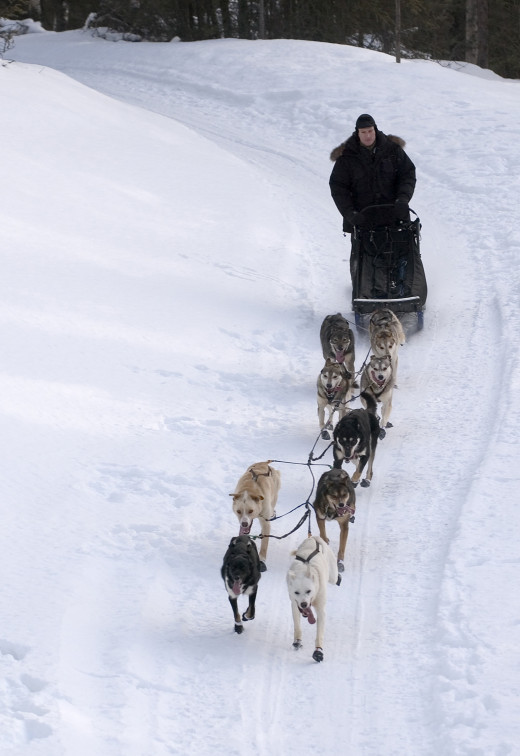
Robert Sorlie and the Idiarod team near Nome

The All Alaska Sweepstakes
Allan “Scotty” Allan proposed a race to prove who had the best dog team. The Nome Kennel Club was formed in 1907 and drafted rules which included that the dogs all be registered with the club, drivers had to be members, any number of dogs could be on a team but they all had to come back.
A course was laid out from Nome to Candle and back—408 miles with varied conditions-sea ice, tundra, mountains, timber, glaciers, and a valley almost always in a blizzard.
In 1908 a Russian fur trader, William Goosak introduced what is now the Siberian Husky. A do totally different from those they were used to seeing. Siberians are compact, small and docile compared to the fierce large and angry dogs used locally.
They entered the race and the Huskies came in third due to the driver making strategic errors.
North to Alaska
The Great Race of Mercy became The Iditarod
In 1925 diphtheria broke out in Nome and there was no way to get serum to them except by dog sled. The nearest supply of serum was in Anchorage, which is 955 miles away. It could be transported to Nenana, 297 miles north of Anchorage. No planes were available so the only means of transporting was by dog team 658 miles. In the best weather it took the U.S. Mail teams 25 days to cover that distance in the conditions that prevailed in winter.
Gunnar Kasson who reached Nome on February 2, 1925 drove the last relay team. The 658-mile trip was made in five and a half days.
The lead dog Balto is honored with a staue in Central Park, N.Y.
This race made the Siberian Husky the most popular race dog and the Iditarod Race is a regular event to celebrate it.
